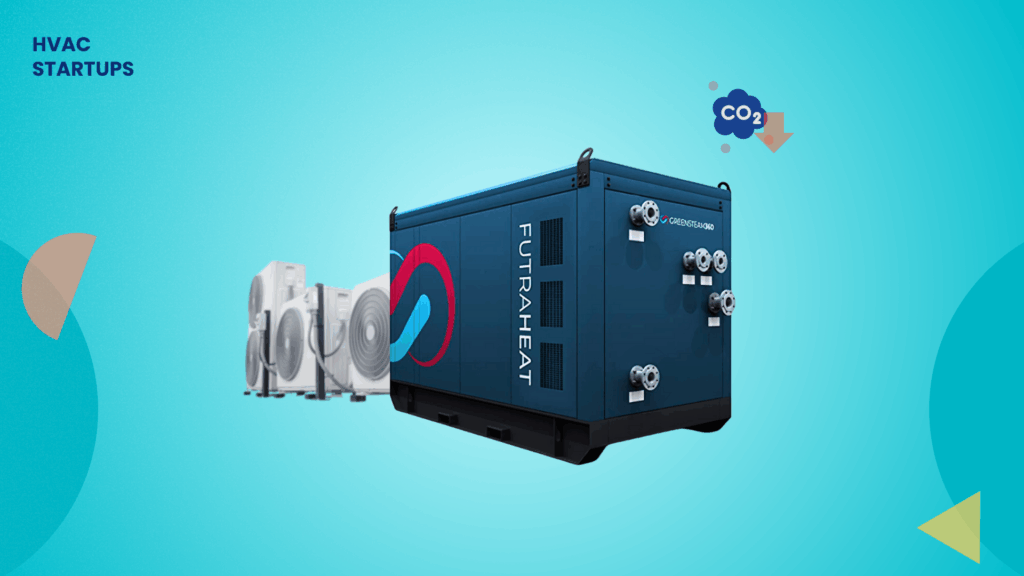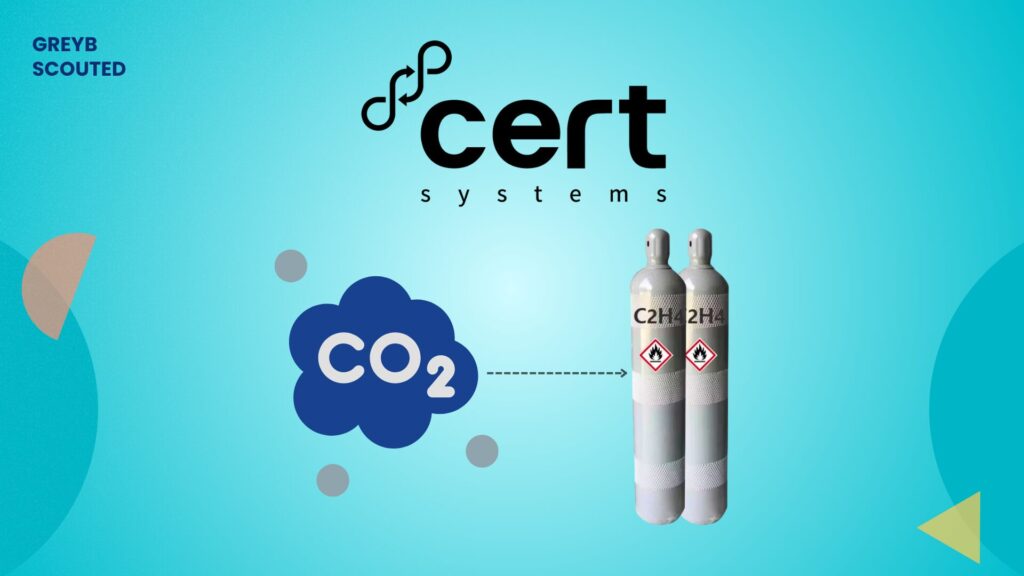Over the years, consumers have realized the importance of protein intake. The Recommended Dietary Allowance (RDA) for protein is a modest 0.8 grams per kilogram of your body weight. But with the recent environmental disturbances, it’s not that simple anymore. Consumers today, demand non-meat based protein in their food products. And thus, the food industry can now be seen shifting towards it. That’s where the Alternative-Protein Industry comes in.
What is Alternative Protein?
As the term suggests, alternative protein is an interpretation of ingredients derived from non-animal sources. However, not all non-animal sources are technically plants, nor are they entirely composed of protein. In fact, these ingredients come from a variety of sources and exist in multiple forms. From a production, infrastructure, and cost basis, novel sources of ingredients (not limited to proteins) can be derived from three major categories:
- Plants (these include pulses, tofu, soy, tempeh, seitan, nuts, seeds, certain grains, and even peas.)
- Microbial cells, when used as hosts for recombinant protein production
- Animal cell cultivation.
In terms of form, they can be of fresh/as-is, wet, and dry formats that range from whole products to fats, pastes, flours, concentrates, and isolates.
Let’s head over to the production of these alternative-protein sources.
Alternative-Protein Production
The production is divided into various stages as follows,
- Source material selection & optimization- wherein innovative protein sources and blends are selected.
- Isolation & functionalization- this includes various methods such as fermentation, innovative extrusion technology, and Shear Cell technology.
- Formulation- the final mixture of the product
- Finally, Processing- includes manufacturing methods such as 3D printing technology.
We know the alternative protein sources and the production stages are set, so the next question is where is the alternative-protein industry headed? And is the process as smooth going as it seems in the above steps? Let’s move to the next section and see.
So Where is the Alternative-Protein Industry Headed?
Meat has been the key source of protein in markets for years and consumers don’t wish to compromise on that part. The shift has brought upon various challenges to the food industry – Taste, texture, nutritional profile, clean-label ingredients, protein content and a limited variety of items are some of the barriers that continue to present a challenge for the manufacturers of plant-based protein.
Companies are working on overcoming these challenges by finding novel techniques to produce cost-effective alternative protein products and address the existing consumer demands.
Several participants in the alternative-protein space are already spinning out new technologies and ingredients, and are even attempting to set their place in the market.
Who are these players? What alternative-protein production technologies are they using? And what lies ahead for the Alternative-protein industry?
Our team analyzed the alternative-protein industry and collated answers to these and other questions that might be of interest to you. In this report, we discuss solutions and technologies regarding the formulation and production stages of Alternative Protein Production for the Food Industry.
Wish to get your hands on this exclusive report? Fill in your details and we’ll deliver the report right to your inbox!










